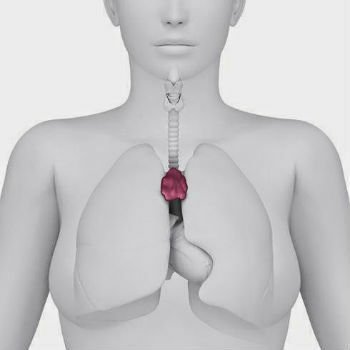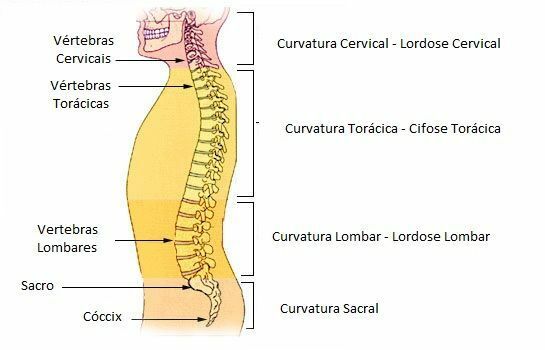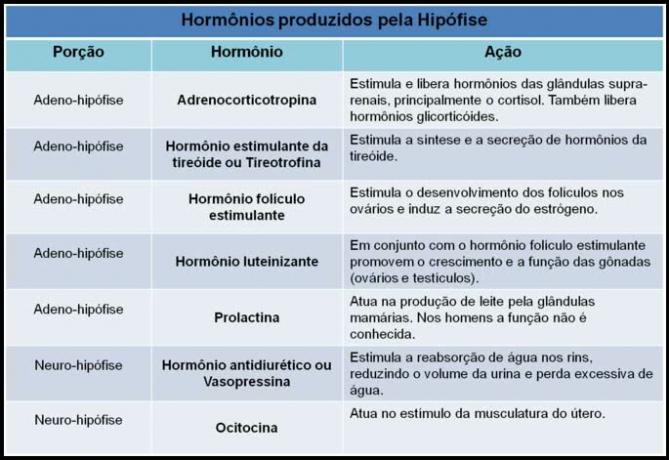THE Escherichia coli is a rod-shaped bacterium, and facultative anaerobic. Its primary habitat is the gastrointestinal tract of humans and other endothermic (“warm-blooded”) animals. It is considered an indicator of water and food quality through the analysis of fecal coliforms: name given to a group of bacteria that inhabit the intestines of these animals.
A large part of the population of this group is formed by the Escherichia coli and, thus, their presence suggests the possibility of having, in that place, intestinal micro-organisms capable of causing diseases.
Usually the bacteria in question inhabit the intestine without causing health problems. However, when directed to the bloodstream or other regions of the body, it is capable of causing infections.
This condition can also be manifested by the ingestion of water or food containing strains of the bacteria, released together with the feces of contaminated individuals; by contact with sick animals, and with health professionals or contaminated medical instruments. Furthermore, due to some health problem, the host itself can allow the bacteria to trigger the disease; as Professor Dr. Alexandre Bella Cruz tells us
1.Some of these health problems are:
- Traveler's diarrhea, also called gastroenteritis, which causes gastrointestinal disorders;
- Cystitis, which causes inflammation of the urinary bladder;
- Meningitis (inflammation of the meninges) in neonates;
- Sepsis, also called sepsis, which is a serious condition that unites the symptoms of a preexisting generalized infection with the inflammatory response of the body;
- Peritonitis, which is inflammation of the peritoneum: membrane that lines part of the abdominal cavity.
Bella Cruz adds that bacteria naturally evolve to overcome the adverse conditions they encounter, which justifies the existence of so many varieties of the same bacterial species. They can develop the ability to produce toxic substances, in addition to those that facilitate their invasion and/or adhesion to the host's epithelium. They are also able to produce cellular components that make it difficult for the host's immune system to eliminate them (capsule); or that facilitate their adherence, and transmission of genetic information between individuals (fimbriae). The combination of these "skills" helps to determine their degree of virulence and pathogenicity.
Among its variants, there is the Enterohemorrhagic CE: responsible for the outbreak that is occurring in Europe. This, identified as O104:H4, causes hemorrhagic colitis and hemolytic uremic syndrome. In the latter case, due to the action of its toxins, it causes the destruction of the epithelial cells of the intestine, and the disruption of vessels found there and in the nephrons (responsible for filtering blood in the kidneys).
Do not stop now... There's more after the advertising ;)
The condition can trigger acute kidney failure and, in even more serious situations, seizures and serious problems in the nervous system. Like most infections, children and the elderly are naturally more vulnerable to developing such symptoms, with a slightly higher incidence in females.
Therefore, some measures are very important to prevent this and many other infections:
- Wash your hands after going to the bathroom;
- Wash hands before meals;
- Wash your hands before and after preparing food;
- Wash foods that are consumed raw, such as lettuce and tomatoes, peeling them, if possible, or by the less, disinfecting them with bleach (one tablespoon for every liter of drinking water, for fifteen minutes);
- Cook meat and vegetables before eating them;
- Prepare the meat separately, not reusing containers or cutlery.
As for the treatment of infections by AND. coli, usually the only measure to be adopted is fluid replacement. However, in the case of other regions that do not belong to the digestive tract, other procedures may be required. In the case of the variant of the European outbreak, due to the hemorrhage it can cause, there is the possibility of requiring a blood transfusion.
1Alexandre Bella Cruz graduated in Pharmacy from the Federal University of Santa Catarina (1989), Master's in Food Science, in the area of concentration of Biotechnology from the Federal University of Santa Catarina (1992) and Ph.D. in Food Technology from the State University of Campinas (2000). He is currently a professor of the Pharmacy, Medicine and Nutrition courses at the University of Vale do Itajaí. She is also a professor in the Master's Program in Pharmaceutical Sciences at the same institution, and serves as a group leader for research "Biological Evaluation of Natural and Synthetic Products" (registered in the Directory of research groups of the CNPq). He has experience in the field of Microbiology, with an emphasis on Applied Microbiology and Microbial Physiology, working mainly on the following topics: antimicrobial activity and genotoxicity of natural and synthetic products.
By Mariana Araguaia
Biologist, specialist in Environmental Education
Brazil School Team



